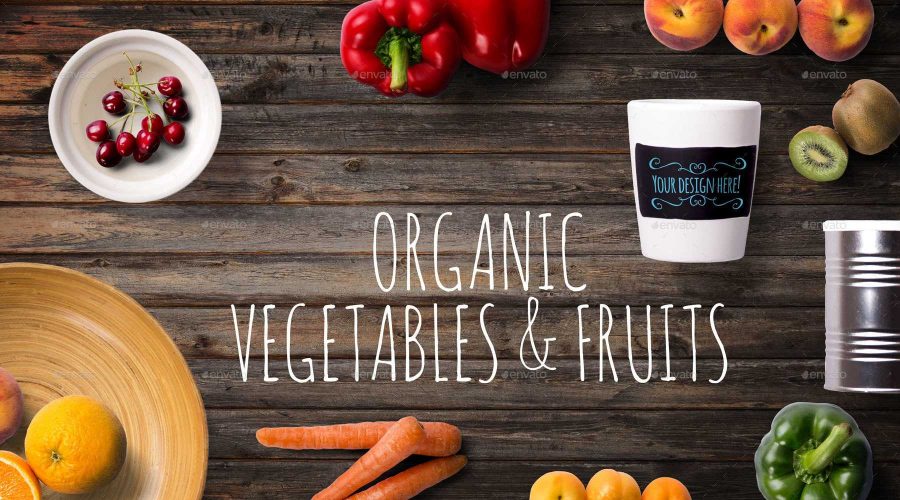Ditch The Organic Labels
The Truth Behind Organic
November 29, 2016
Everybody has been there. Standing in the middle of the aisle, holding an apple in each hand and thinking… is it worth it? Of course, the choice is always between the organic and the non-organic food, and the question is one of price over a promise of quality.
Organic food sales have reached new limits, with $43.3 billions of dollars of organic food sold in 2015 alone. But in order to fully understand whether paying more for organic food is worth it, consumers have to consider just how good organic food really is.
What exactly is considered organic? According to the USDA, there are three types of organic. There’s “100% organic”, “organic”, and “made with organic ingredients”. But upon being asked what the difference between the three are, Kian Ramin (9) simply answers,
“All three seem really similar… there’s a difference?”
And his reaction is probably representative of most modern shoppers.
Of course, there is a significant difference. “100% organic” has to be made out of 100% organic ingredients, with no antibiotics or growth hormones. But numerous other factors such as pesticides, herbicides, or polluted water are not guaranteed to be prevented.
On the other hand, just “organic” allows 5% of the ingredients to be non-organic, further increasing the risk of the food not being much better than it’s non-organic competitors. Finally, “made with organic ingredients” only ensures that 70% of the product is made with organic ingredients.
As well as not being very organic, organic food is not dramatically better for anyone’s diet. The American Academy of Pediatrics says that “there is currently no direct evidence that consuming an organic diet leads to improved health or lower risk of disease.”
While there is a slight smaller chance of bacteria being on the produce, it is far from being significant. Vitamins, calorie content, and everything else are similar in most aspects.
But worst of all, it is hard to even trust whatever the label says. Rather than being organized, the USDA employs third party certifiers that compete to give certifications to producers.
Often they simply look at paperwork, or perhaps scan the farmland, to provide an official seal of organic approval. Obviously this method is far from effective, and the chances of non-organic foods slipping through the cracks are far higher than they should reasonably be.
So how organic is organic food? The truth is, not very much. From unclear definitions to no proven benefits, and an overall untrustworthy method of certification, the organic food industry has a long way to go. For now, rather than wasting time wondering if that organic apple will really make a difference, just save some money and ditch the organic labels.





































